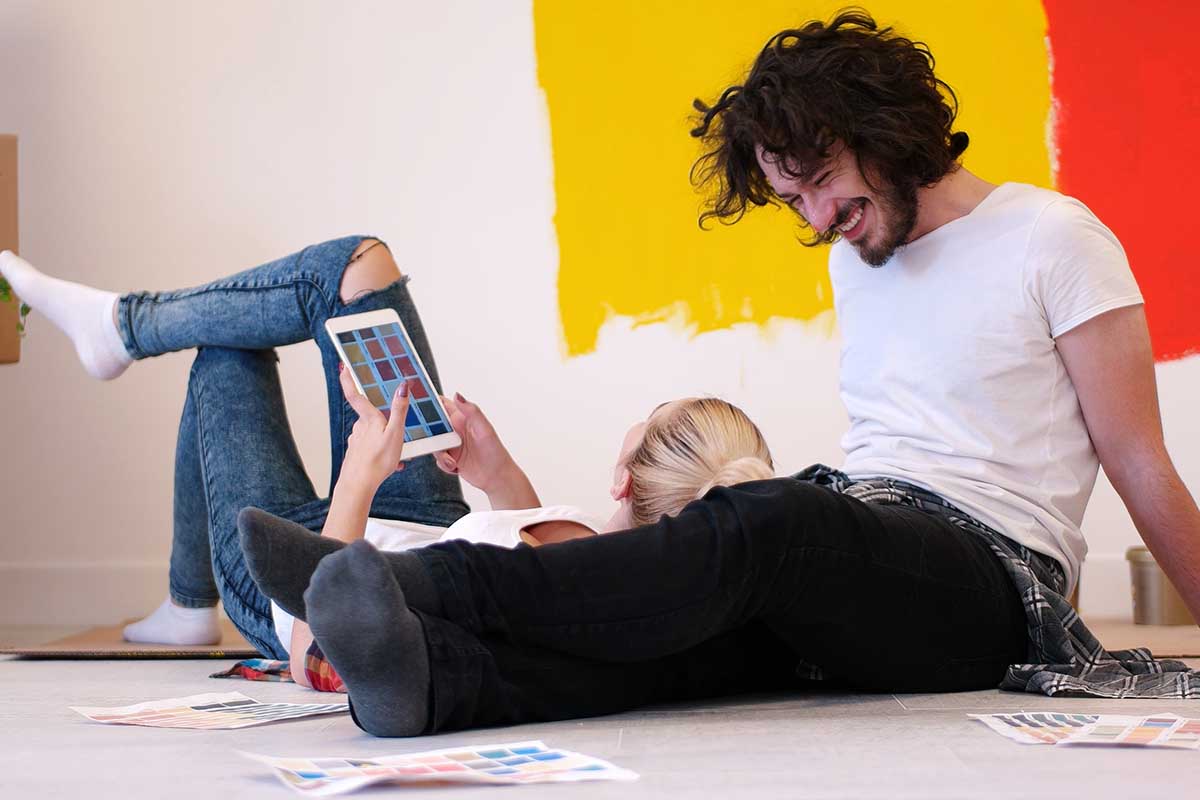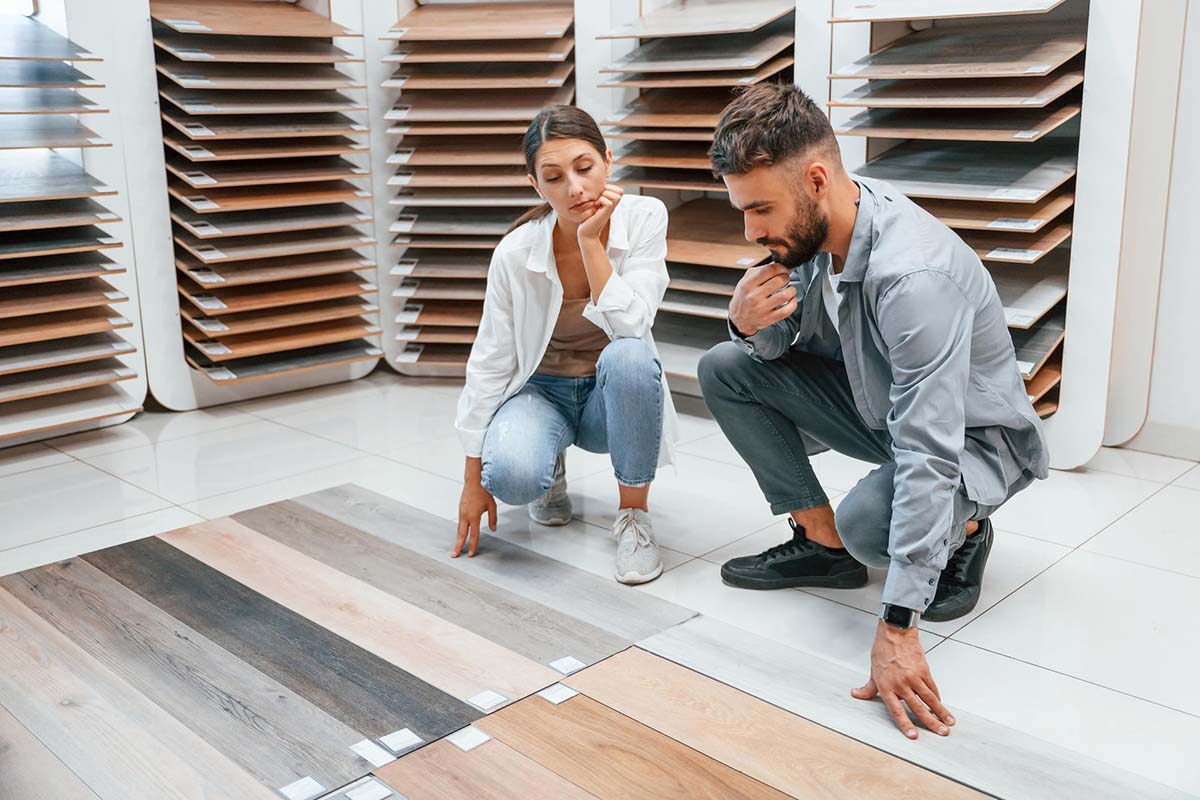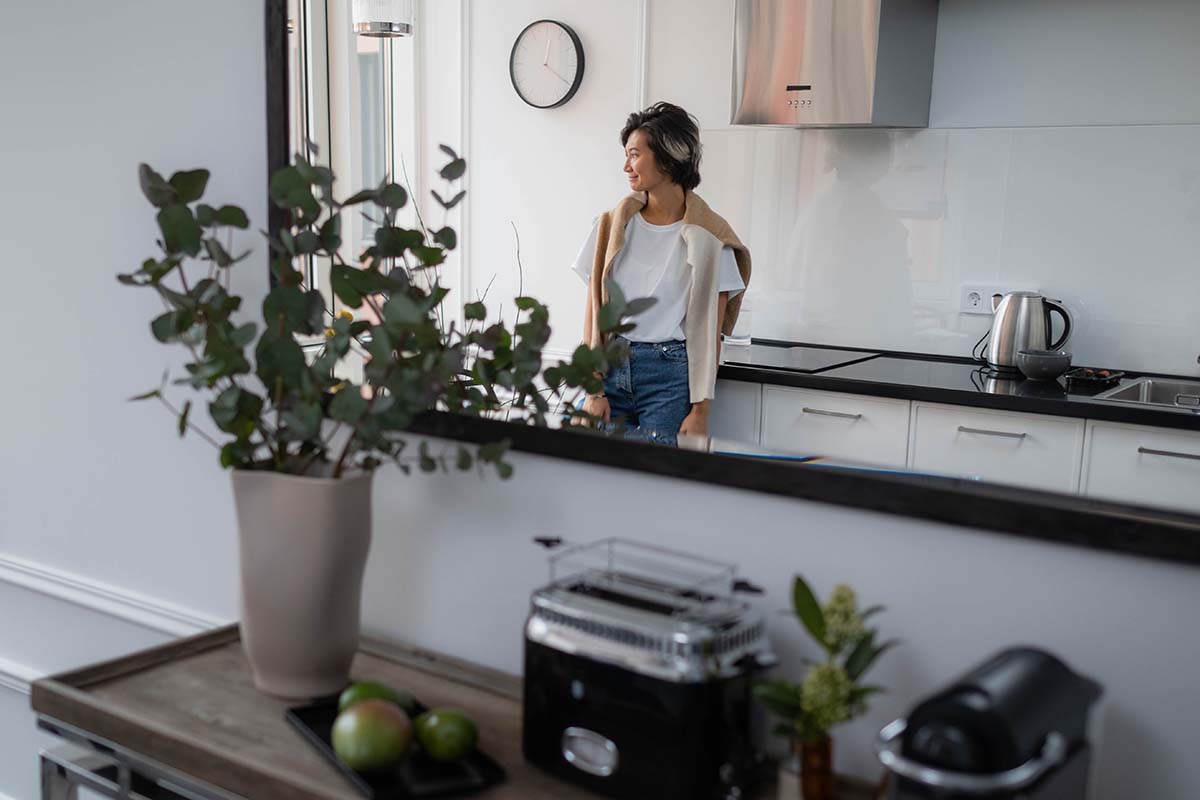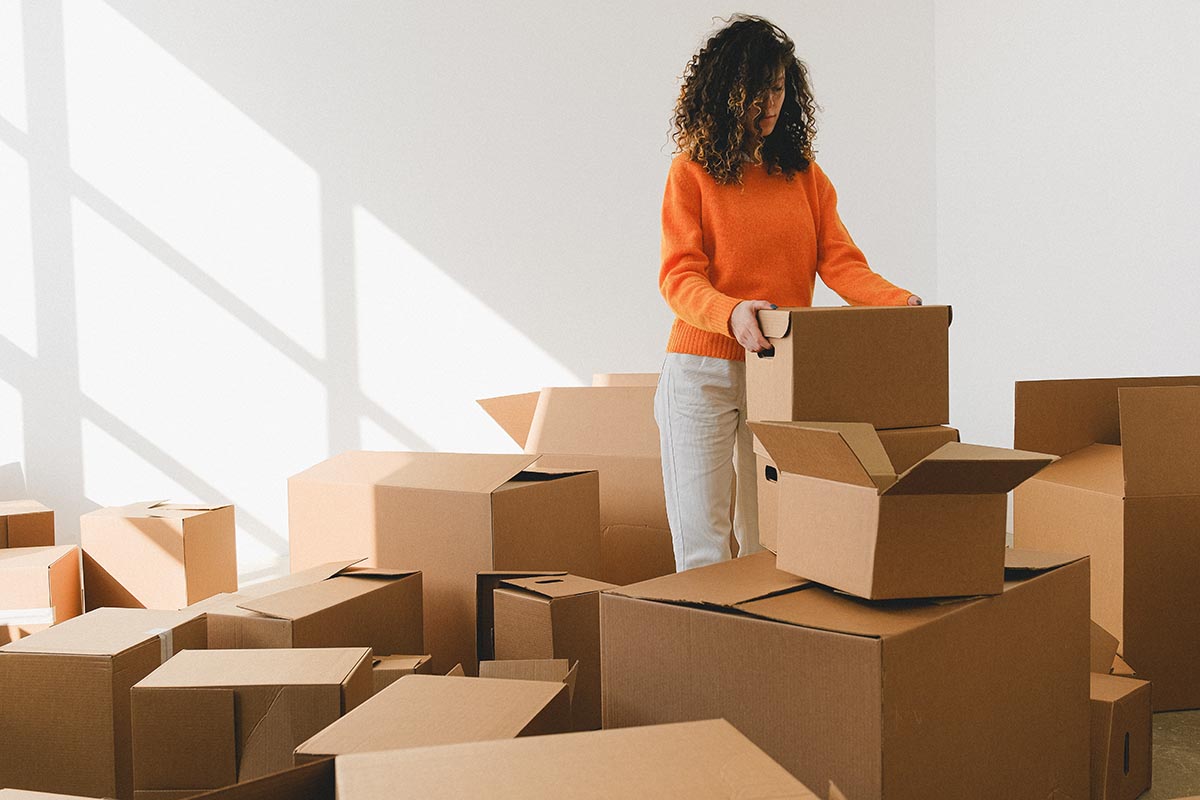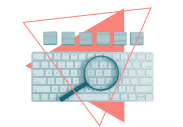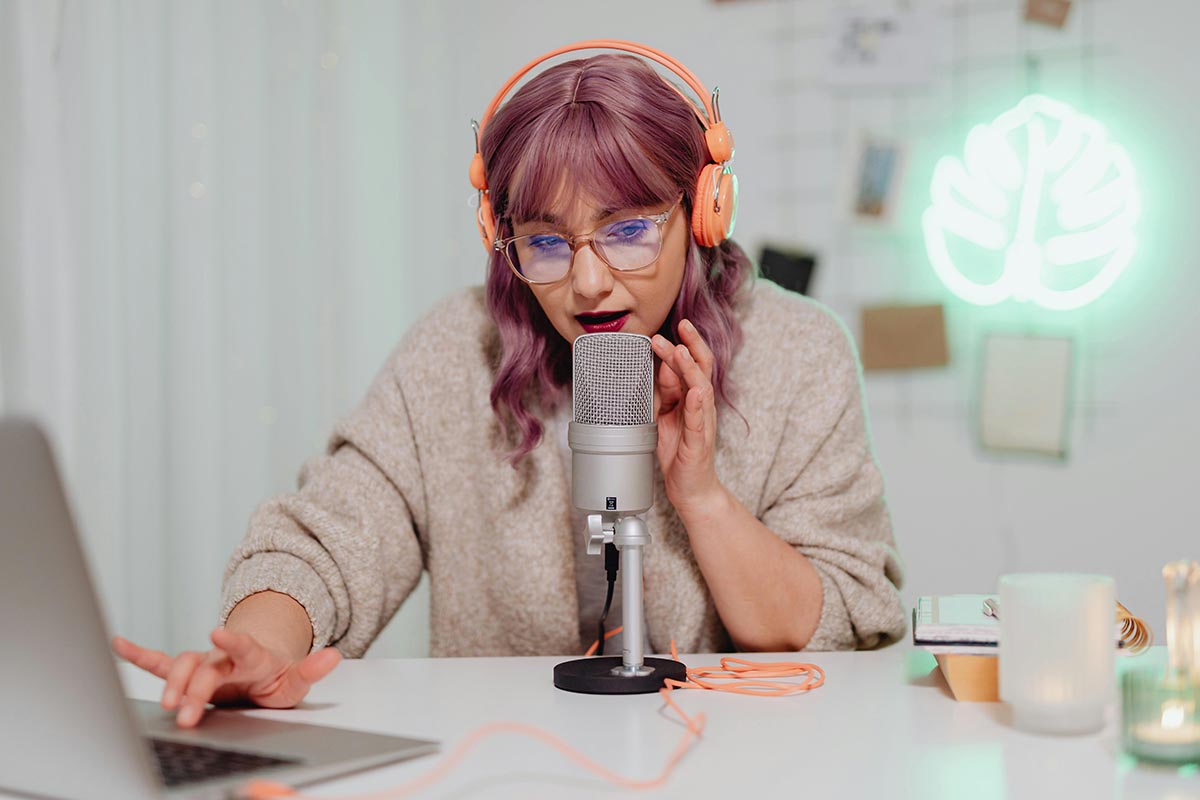Should You Design Your Home Yourself or Hire a Pro
Key Points
-
DIY Interior Design Offers Creative Control, But Requires Time and Skills. DIY allows for cost savings and personal expression, but comes with the challenges of limited resources, time demands, and the risk of design mistakes.
-
Hiring a Professional Ensures Expertise and Efficiency. Interior designers provide industry knowledge, access to exclusive materials, and can increase property value — though it comes with higher upfront costs and less hands-on control.
-
Hybrid Approaches Provide Flexibility. Combining DIY with professional input can balance creativity and guidance — letting homeowners manage smaller tasks while leaving key decisions to experts.
Creating a beautifully designed home is a dream for many.
Whether you want to refresh a single room or undertake a full-scale renovation, you may find yourself debating between taking the DIY (Do-It-Yourself) route or hiring a professional interior designer.
Both options have their advantages and drawbacks, depending on your budget, skill level, and design aspirations. Here, we explore the key factors to help you determine which approach best suits your needs.
The Case for DIY Interior Design
DIY interior design is appealing for many reasons. It allows homeowners to have full creative control, work at their own pace, and potentially save money on professional fees.
However, it also comes with challenges that may require significant time and effort.
Advantages of DIY Interior Design
-
Cost Savings – By eliminating professional fees, you can allocate more of your budget toward furniture, decor, and materials.
-
Creative Freedom – You have the flexibility to make design choices that align with your vision and preferences.
-
Personal Satisfaction – Successfully designing a space on your own can be highly rewarding and fulfilling.
-
Flexible Timeline – Without external deadlines, you can work on your project as your schedule allows.
Challenges of DIY Interior Design
-
Lack of Professional Expertise – Without in-depth knowledge of spatial planning, colour theory, and material selection, you may struggle to achieve a cohesive design.
-
Time-Consuming – Researching trends, sourcing materials, and executing the design can take much longer than anticipated.
-
Limited Resources – DIYers often lack access to trade-only suppliers, high-quality furnishings, and professional networks.
-
Risk of Costly Mistakes – Incorrect measurements, poor material choices, or impractical layouts may lead to expensive revisions.
The Benefits of Hiring a Professional Interior Designer
A professional interior designer brings expertise, industry connections, and a trained eye to create a well-balanced, functional, and aesthetically pleasing space.
Their experience ensures that the project is efficiently managed and tailored to your needs.
Advantages of Professional Interior Design
-
Expert Knowledge – Designers understand ergonomics, lighting principles, and the latest design trends to craft a space that is both practical and visually stunning.
-
Access to Exclusive Resources – Many designers work with suppliers and artisans that are not available to the general public.
-
Time Efficiency – Professional designers streamline the process, handling sourcing, coordination, and project management to meet deadlines.
-
Higher Property Value – A well-designed interior can increase your home’s market appeal and resale value.
-
Avoidance of Costly Errors – Experienced designers anticipate challenges and provide solutions to prevent budget overruns.
Challenges of Professional Interior Design
-
Higher Upfront Cost – Hiring an interior designer involves professional fees, which vary based on experience, location, and project scope.
-
Less Personal Control – While designers work collaboratively, some homeowners may feel less involved in the decision-making process.
-
Commitment to a Vision – Once a design plan is finalised, making changes mid-project may require additional costs and time.
Which Option Is Right for You?
The decision between DIY and professional interior design depends on several key factors, including your budget, design confidence, and project complexity.
Consider DIY If
-
You have a keen eye for design and enjoy hands-on projects.
-
Your budget is limited, and you prefer to allocate funds towards materials and furnishings.
-
You are working on minor updates, such as rearranging furniture, painting walls, or adding decorative elements.
-
You have time to dedicate to researching, planning, and executing the project.
Consider Hiring a Professional If
-
You are undertaking a large-scale renovation or structural changes that require architectural expertise.
-
You want access to high-quality furnishings, exclusive designs, and bespoke solutions.
-
You have a busy schedule and need someone to manage the process efficiently.
-
You want to avoid potential mistakes that could increase costs in the long run.
Finding the Right Balance
For some homeowners, a hybrid approach works best. You can handle smaller aspects of the design yourself while consulting a professional for key decisions, such as space planning, layout, and material selection.
If you are uncertain about where to start, you can get assistance decorating your home from an expert who can guide you through the process and tailor solutions to your style and budget.
Final Thoughts
Both DIY and professional interior design have their merits, and the right choice depends on your unique circumstances.
If you have the time, patience, and passion for hands-on design, DIY may be a fulfilling route.
However, if you seek a polished, functional, and cohesive space without the stress, hiring an interior designer can be a worthwhile investment.
Consider your goals, resources, and desired outcome to make an informed decision that enhances your living space.
